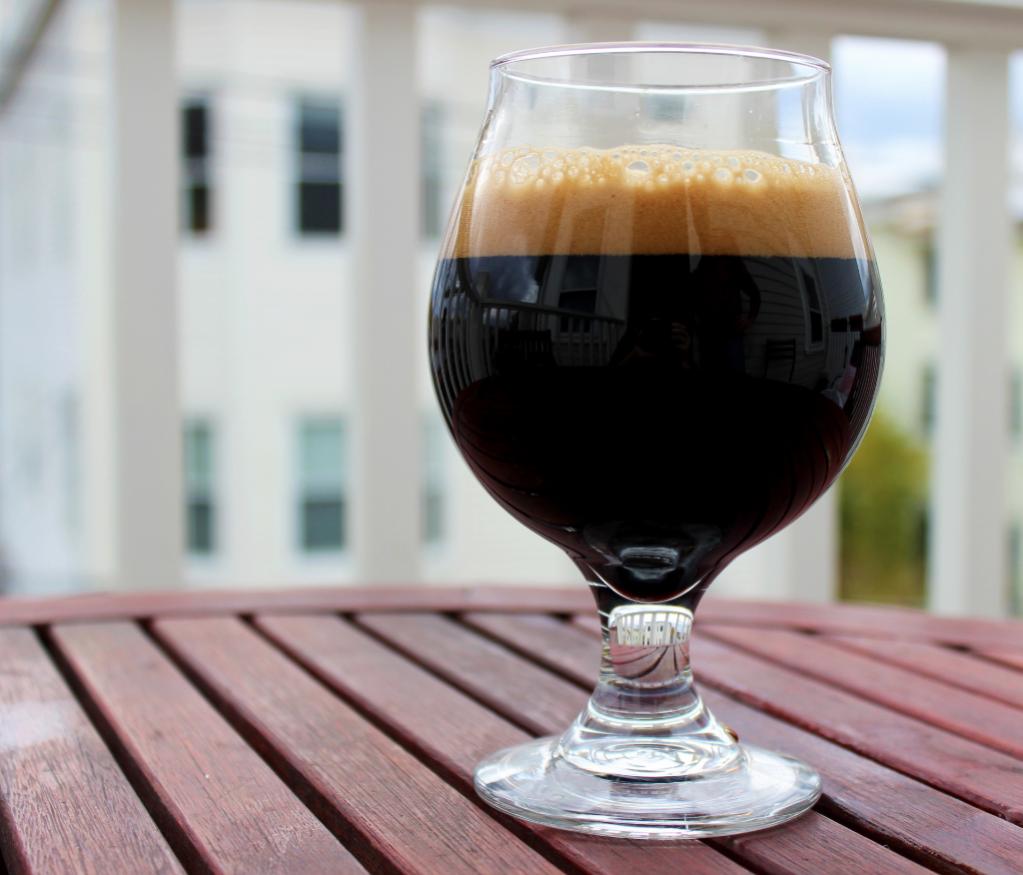hlmbrwng
Well-Known Member
The reason I am posting this question is because I have received very conflicting advice on the same day from people working at my LHBS. They are very friendly, and are always excited to help. I greatly appreciate their time, but I just never know who I should be listening to.
Situation
- 12.5% ABV imperial stout
- US-05 yeast for fermenting (no additional yeast added at bottling)
- Enough dextrose for priming for 2.2 Vol C02
- Beer has been in bottles for almost 6 months - very very little C02
Advice from LHBS employee 1:
- add a few pellets of champagne yeast and enough sugar to add 1 vol C02
- reasoning: probably already enough sugar present, but adding 1 more vol C02 should not cause a bottle bomb, just maybe over carbonated
- if fermentation was truly complete, what is left is non-fermentable and so champagne yeast should not really attenuate any further (my final gravity is 1.038 from ~1.125 and I used plenty of specialty grains)
- the US-05 is probably having a hard time
Advice from LHBS employee 2:
- do not listen to employee 1!
- using the champagne yeast is a recipe for disaster
- probably stuck with what I have
- gave me advice on what to do next time, i.e. suck it up and try again
- bring in a bottle for him to try (probably the most important thing) ;-)
Thoughts?
Situation
- 12.5% ABV imperial stout
- US-05 yeast for fermenting (no additional yeast added at bottling)
- Enough dextrose for priming for 2.2 Vol C02
- Beer has been in bottles for almost 6 months - very very little C02
Advice from LHBS employee 1:
- add a few pellets of champagne yeast and enough sugar to add 1 vol C02
- reasoning: probably already enough sugar present, but adding 1 more vol C02 should not cause a bottle bomb, just maybe over carbonated
- if fermentation was truly complete, what is left is non-fermentable and so champagne yeast should not really attenuate any further (my final gravity is 1.038 from ~1.125 and I used plenty of specialty grains)
- the US-05 is probably having a hard time
Advice from LHBS employee 2:
- do not listen to employee 1!
- using the champagne yeast is a recipe for disaster
- probably stuck with what I have
- gave me advice on what to do next time, i.e. suck it up and try again
- bring in a bottle for him to try (probably the most important thing) ;-)
Thoughts?























































![Craft A Brew - Safale S-04 Dry Yeast - Fermentis - English Ale Dry Yeast - For English and American Ales and Hard Apple Ciders - Ingredients for Home Brewing - Beer Making Supplies - [1 Pack]](https://m.media-amazon.com/images/I/41fVGNh6JfL._SL500_.jpg)


